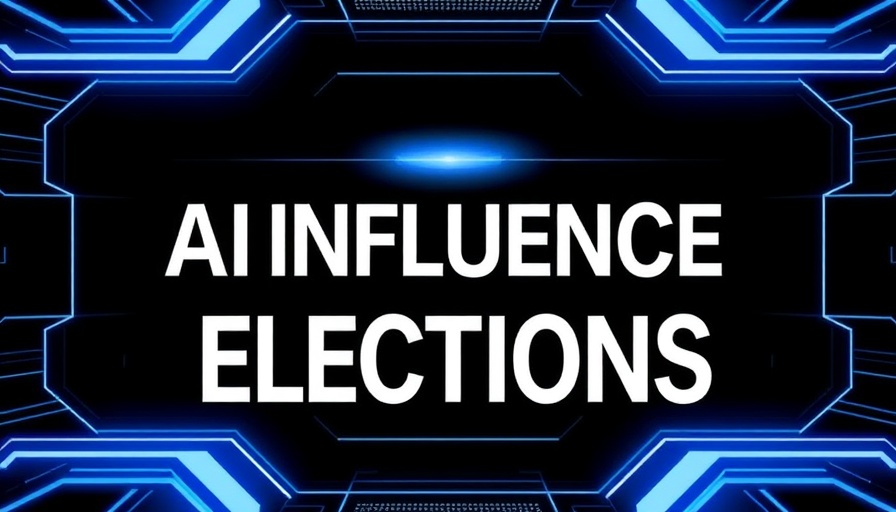
Reevaluating Climate Predictions: Simplicity Over Complexity
In an age dominated by advanced technologies, recent research from the Massachusetts Institute of Technology (MIT) challenges conventional wisdom about artificial intelligence (AI) in climate science. The study indicates that simpler models may outperform deep learning systems in predicting local climate variations, such as temperature and rainfall. This revelation is pivotal given the escalating climate crisis, necessitating accurate forecasting for effective response strategies.
The Challenges of Deep Learning in Predictive Models
While deep learning models have proven adept in various fields, they often struggle with the natural variability inherent in climate data. This inconsistency can result in inaccurate predictions. Researchers discovered that while AI can process vast amounts of data, the complexity of climate phenomena means that simple statistical methods sometimes yield more reliable outcomes. This suggests a paradigm shift; leveraging less complex models may enhance our understanding of climate patterns.
Potential Implications for AI in Climate Research
The implications of this research extend far beyond academic interest. As governments and organizations invest heavily in AI technology for climate prediction, understanding the strengths of simpler models could optimize resource allocation and improve outcomes. By incorporating these findings into our predictive frameworks, we might more effectively guide policy decisions, enhance sustainability efforts, and mitigate negative climate impacts.
The Future of Climate Modeling
As climate-related challenges escalate, the quest for accurate predictions becomes more urgent. This study prompts critical questions about the future of predictive modeling in climate science. Should we refocus our efforts on refining simpler models, or can deep learning systems be adjusted to better capture climate variability? Explorations into hybrid approaches might yield the best results, combining the strengths of both methodologies.
Importance of Accessible Climate Communication
Effective climate communication is essential. By simplifying climate models, we can not only improve prediction accuracy but also enhance public understanding of climate science. Educating communities about the variables at play in climate predictions can foster engagement and promote proactive measures against climate change.
 Add Row
Add Row  Add Element
Add Element 



Write A Comment